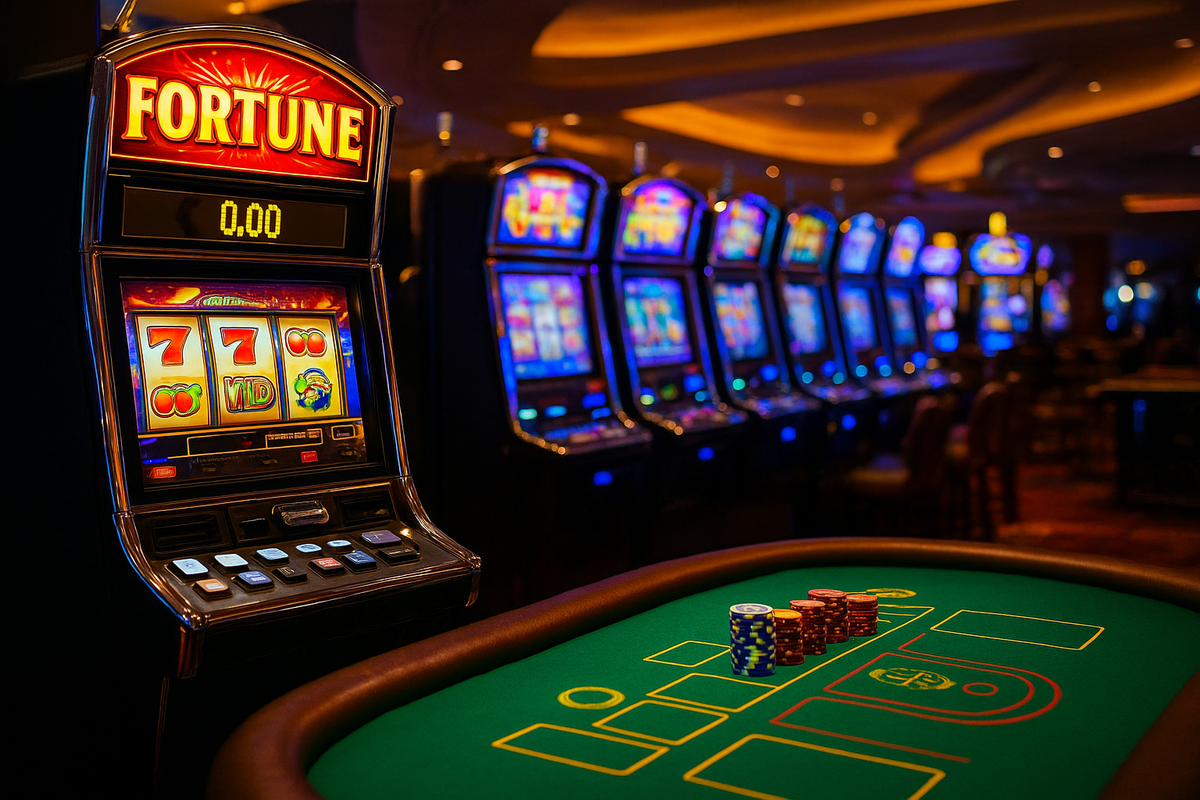Welcome to the intriguing world of poker, a game that combines strategy, skill, and a touch of psychology. At the core of poker lies the art of bluffing, a technique as old as the game itself. Bluffing is the secret weapon in every player’s arsenal, offering the tantalizing prospect of victory even with a weak hand. ga179 com Mastering the poker face is not just a matter of luck; it requires a delicate balance of deception, observation, and nerve.
In the high-stakes arena of poker, maintaining a stoic expression can be just as crucial as knowing the odds or reading your opponents. Your ability to project a serene demeanor while hiding your true intentions can spell the difference between a crushing defeat and a triumphant win. As you delve deeper into the intricacies of poker, you will discover that the true power of the game lies not only in the cards you hold but also in the enigmatic mask you wear at the table.
History of Poker
Poker is a game with a rich history that spans centuries. Its origins can be traced back to Europe in the early 19th century, where it was known as “poque.” The game eventually made its way to the United States through French settlers, evolving into the version we know today.
In the early days, poker was played primarily in saloons and riverboats, popular among cowboys and gamblers looking for some excitement. As the game gained popularity, different variations emerged, each with its own set of rules and strategies.
One of the significant milestones in poker’s history was the introduction of Texas Hold’em in the early 20th century. This variation quickly became the most popular form of poker played in casinos and home games alike, solidifying poker’s place as a staple in the world of gambling and entertainment.
Psychology Behind Bluffing
Bluffing in poker is a strategic mind game that taps into the psychological aspects of human behavior. Players often use their opponents’ emotions and reactions to their advantage, trying to decipher if they are being truthful or deceptive.
The element of uncertainty is crucial in bluffing, as it keeps opponents on their toes and makes them second-guess their own decisions. Skilled poker players are adept at reading body language, facial expressions, and betting patterns to determine the likelihood of a bluff.
Successful bluffing requires a balance between confidence and subtlety. Players must exhibit a convincing poker face while subtly influencing their opponents’ perceptions through subtle cues and calculated moves. Mastering this psychological aspect can be the key to winning big in the game of poker.
Honing Your Poker Face
Now that you’ve mastered the basic strategies and betting techniques in poker, it’s time to focus on honing your poker face. Your expression can provide valuable clues to your opponents, so it’s crucial to maintain a neutral demeanor throughout the game. Practice in front of a mirror to ensure that your facial expressions don’t give away any hints about your hand.
In addition to your facial expressions, pay attention to your body language. Avoid fidgeting, making sudden movements, or tapping your fingers, as these can signal nervousness or excitement. Keep your movements steady and controlled to maintain a sense of composure at the table.
Lastly, remember that consistency is key when it comes to your poker face. Whether you have a strong hand or a weak one, try to keep your expressions and body language consistent to avoid giving away any information to your opponents. By honing your poker face, you can enhance your overall gameplay and keep your opponents guessing throughout the game.

https://i.postimg.cc/0jmJr33v/Chat-GPT-Image-Aug-11-2025-01-45-56-AM.png